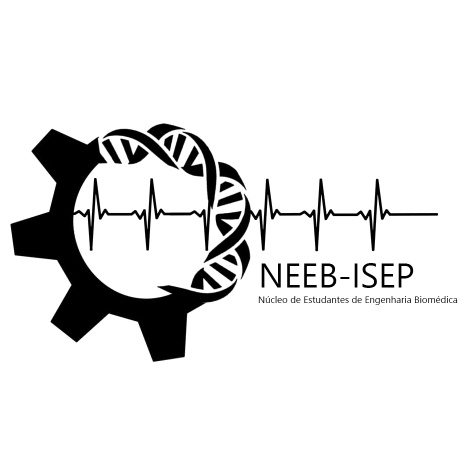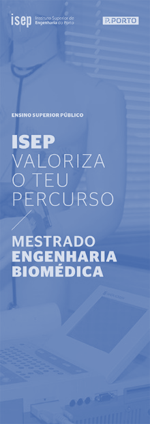 Desenvolvimento de hidrogéis biofuncionais para bioimpressão 3D: desafios e aplicações
Desenvolvimento de hidrogéis biofuncionais para bioimpressão 3D: desafios e aplicações Resumo
Bioprinting holds the promise to generate functional tissuesthrough computer-aided transfer processes that allow the patterning and assembly of living and non-living materials. In the most common strategy, cells are combined with hydrogel precursors and eventually biologically active molecules to generate bioink formulations that allow the printing of complex cellularized constructs for tissue engineering and regenerative medicine applications. Although hydrogels have been used in biomedical field for several decades, the design of hydrogels for bioprinting represents a major challenge as they need to exhibit appropriate printability and tunable biophysical properties, while simultaneously providing a suitable microenvironment where entrapped cells can migrate, proliferate and synthetize new extracellular matrix. The design of bioinks with controllable properties that closely mimic the cell microenvironment represents an intense topic of research in the field. This talk will provide a brief overview of the evolution of bioprinting, focusing on the design and bioprinting of biomimetic polymer-peptide hydrogel bioinks for skin tissue engineering
Rúben Pereira![]()
Rúben Pereira is researcher at i3S – Instituto de Investigação e Inovação em Saúde (Universityof Porto, Portugal). He holds a PhD in Biomedical Sciences (ICBAS/UP), a MSc in Product Design and Engineering (ESTG/IPL), and a BSc in Biomechanics (ESTG/IPL). He is invited Professor at the School of Health Sciences of Leiria (Polytechnic Institute of Leiria, Portugal) and Scientific Consultant on biomaterials and wound dressings. Since 2010 he is involved in several national and EU founded projects in the fields of biomaterials, biofabrication, and tissue engineering. His research interests include biofabrication, wound healing, click chemistry, and the design of biofunctional hydrogels for application as wound dressings, scaffolds, and bioinks for 3D bioprinting.




